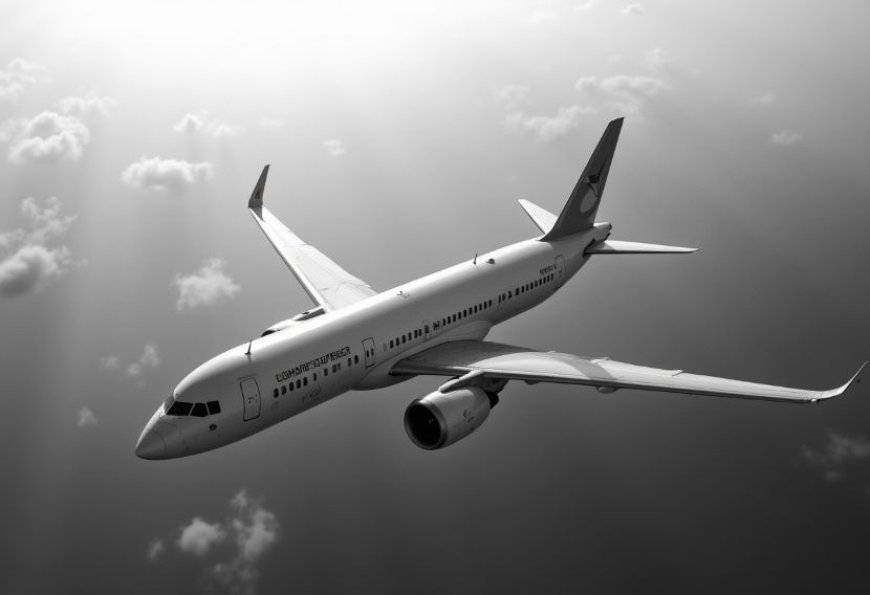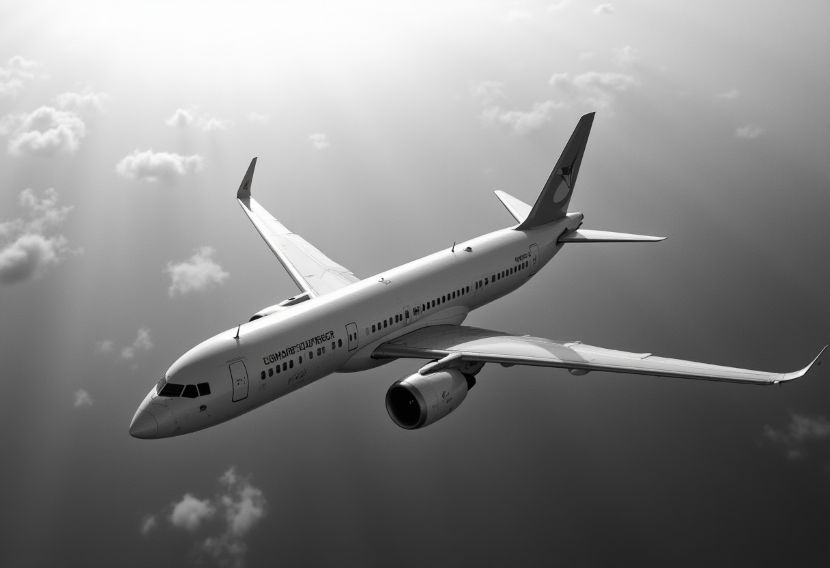Southeast Asia Embracing Chinese COMAC Aircraft Amid Boeing and Airbus Delivery Delays: Here’s All You Need To Know


The aviation industry in Southeast Asia is undergoing a major shift as airlines in the region making a shift to Chinese-made aircraft. This change due to the ongoing delays in aircraft deliveries from Boeing and Airbus, with carriers that are looking for more affordable and readily available alternatives to meet surging air travel demand. The arrival of COMAC (Commercial Aircraft Corporation of China) aircraft, particularly the C919 model, is making waves as it gains traction from Southeast Asian airlines looking for affordable, faster procurement alternatives.
Why Southeast Asia Is Turning to COMAC Aircraft
In Southeast Asia, the demand for air travel is skyrocketing, and the aviation sector is hustling to keep pace. Airlines have been faced with delayed deliveries from Western giants Boeing and Airbus, which has sparked interest in Chinese-made aircraft. One notable example is the COMAC C919, a single-aisle aircraft designed by China National Aircraft Corporation (COMAC). The C919 has a seating capacity of around 170 passengers, making it suitable for domestic and regional routes in Southeast Asia.
With lower price points compared to the A320 or Boeing 737, COMAC aircraft are becoming an attractive option for low-cost carriers (LCCs) in the region. According to the Hong Kong South China Morning Post (SCMP), Malaysia’s Transport Minister, Anthony Loke, noted that due to the increase in air travel demand and the delays from Airbus and Boeing, regional interest in China’s C919 is growing for passenger aircraft. This results in many airlines are exploring options beyond the traditional players, that focuses on availability and cost-efficiency.
The COMAC C919 and C909: A New Era for Southeast Asia’s Airlines
COMAC offers two key aircraft models: the 100-seat C909 and the 170-seat C919. These aircraft have been increasingly deployed across Southeast Asia since their first commercial operations in 2023. Vietnamese carrier VietJet Air, for example, launched two C909 aircraft on domestic routes in April 2025. The C909 aircraft, smaller than the C919, is a good fit for regional operations in countries like Indonesia and Malaysia. Airlines such as TransNusa in Indonesia and Lao Airlines in Laos have already incorporated the C909 into their fleets, expanding their regional routes.
The introduction of these aircraft aligns with the broader trend in Southeast Asia, where airlines are seeking to diversify their fleets and reduce reliance on Western aircraft. By opting for COMAC’s low-cost planes, these carriers can secure cheaper acquisition costs and more favorable leasing arrangements, potentially reducing operating expenses. The C919, priced at approximately $100 million per unit, is hundreds of millions of dollars less expensive than similar Western aircraft like the Airbus A320 and Boeing 737-8, which are priced at $111 million and $121 million, respectively.
Chinese Government Support and Regional Cooperation
The allure of Chinese aircraft is bolstered by strong government backing. Following a state visit by Chinese President Xi Jinping to Malaysia in April 2025, both nations issued a joint statement supporting the introduction and operation of Chinese commercial aircraft in Malaysia. This political cooperation underscores the strategic importance of China’s aviation industry to Southeast Asia’s economic and aviation landscape. With favorable financing options and government support, COMAC aircraft offer an attractive proposition to regional carriers seeking to modernize their fleets quickly.
The Challenges and Limitations of COMAC Aircraft
Despite its affordability, COMAC aircraft face challenges in achieving broader acceptance. A major hurdle is the lack of certification from international aviation authorities such as the Federal Aviation Administration (FAA) and the European Union Aviation Safety Agency (EASA). Without these certifications, COMAC aircraft is finding it challenging to operate in many Western markets or be adopted by global carriers with stringent safety and regulatory requirements.
Additionally, geopolitical factors may influence purchasing decisions. U.S. tariffs on Chinese goods, imposed during the Trump administration, could affect Southeast Asian countries’ choices when it comes to procuring aircraft. For example, Indonesia has orders for Boeing aircraft as part of an earlier trade agreement with the United States. This adds a layer of complexity to the decision-making process for airlines in the region.
Despite these hurdles, there is significant enthusiasm for COMAC aircraft in Southeast Asia, driven by the increasing need for more aircraft and a favorable financial proposition.
The Future of COMAC Aircraft in Southeast Asia
As more Southeast Asian airlines adopt COMAC aircraft, the impact on the regional aviation market will be significant. The availability of affordable, Chinese-made jets will likely spur competition in the market and provide more options for regional carriers. However, much depends on the geopolitical landscape and whether COMAC can secure the necessary certifications to operate on a global scale.
In the meantime, Southeast Asian airlines are expected to continue integrating COMAC aircraft into their fleets, with the promise of reducing costs and ensuring quicker delivery timelines. The growing demand for air travel in the region, coupled with the delays from Boeing and Airbus, has created a perfect opportunity for Chinese manufacturers like COMAC to make their mark.
Bottom Line
The increasing adoption of COMAC aircraft in Southeast Asia marks a turning point for the region’s aviation industry. Airlines are diversifying their fleets, looking for more affordable alternatives amidst the delays and higher costs associated with Western aircraft manufacturers. With strong government backing and lower acquisition costs, COMAC aircraft like the C919 and C909 are proving to be viable options for many carriers. However, regulatory challenges and geopolitical factors will play a key role in determining whether COMAC can expand its reach and solidify its position in Southeast Asia’s aviation market.
The post Southeast Asia Embracing Chinese COMAC Aircraft Amid Boeing and Airbus Delivery Delays: Here’s All You Need To Know appeared first on Travel And Tour World.






